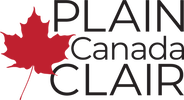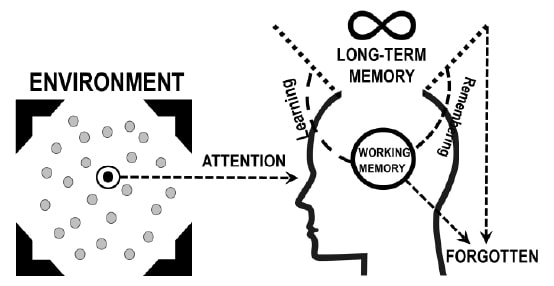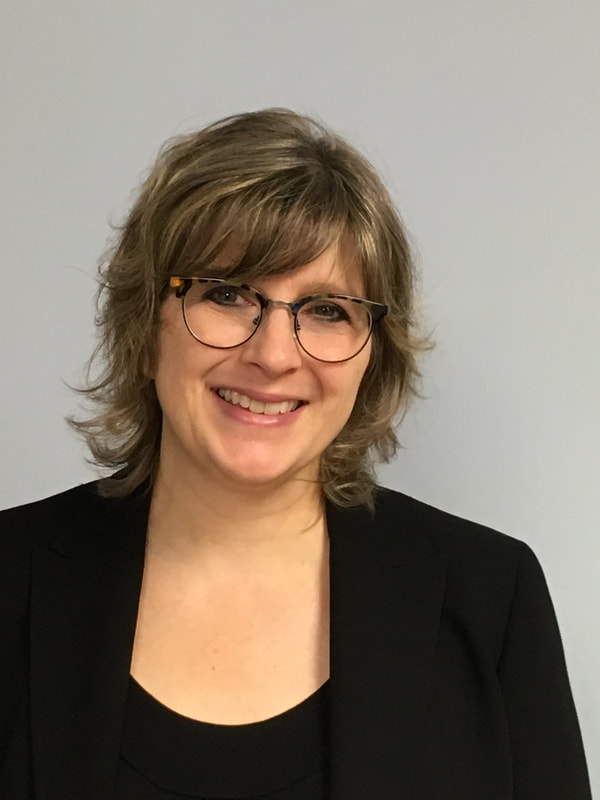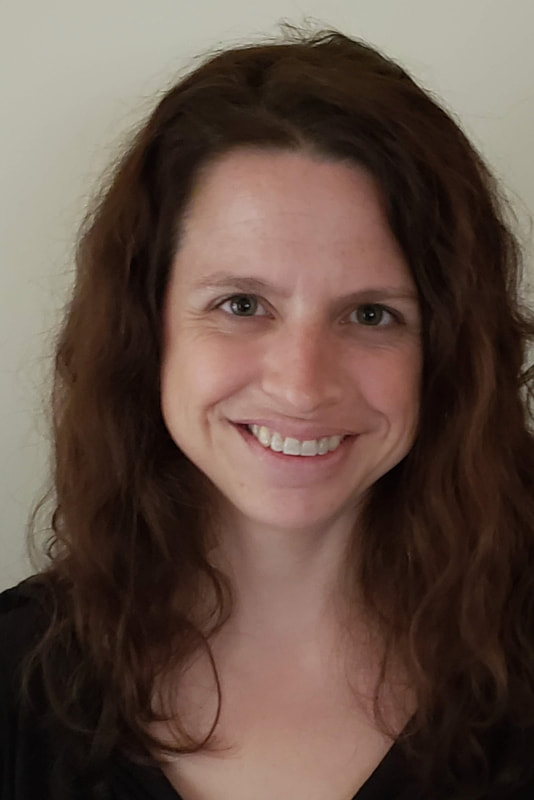|
Welcome. It is hard to believe that our summer is over! Our feature article in this edition was written by our patron, Cheryl Stephens. Check it out below to learn more about your brain on reading as Cheryl simplifies the complex systems we use to process new information. As well, we continue our series on how to estimate your fee for a project. This instalment addresses how to set your hourly rate. Our featured members are Chantale Audet and Amélie Bourret of Autrement dit. Chantale and Amélie are entrepreneurs, anthropologists, and experts in qualitative methods and plain language writing. Autrement dit celebrated its 5th anniversary this July; despite being a relatively new company, they have already received two ClearMark Awards for some of their projects. We hope you enjoy this brief introduction to these dynamic women. Don’t miss our Patron’s Corner to read about upcoming training and other projects by our patron, Cheryl Stephens. As always, please email comments and questions to [email protected]. Thank you/Merci Jocelyn Pletz and Chantale Audet Upcoming Events:Virtual Social September 19, 2022, 12:00 noon (Pacific), Zoom A Plain Canada Clair social event. Join us to meet fellow practitioners throughout Canada. We will also tell you about our October conference, which we will be hosting as part of the international recognition of plain language writing (October 13 is PLAIN language day)! Uncomplicated: A Plain Language Participatory Conference October 18, 2022, 12:00 noon (Pacific), Zoom This participatory conference will feature discussions in both French and English. We’re describing it as a participatory online conference, which means everyone attending will participate in the discussions. The best part is that you can even be part of the planning by voting on the topics you wish to discuss – see our Eventbrite page for more information and watch for registration starting in September. Feature Article: Your Brain on ReadingBy Cheryl Stephens Research shows, the less work readers need to put into reading, the more they will find sources credible, and the better they will connect with the messages. I’ve been talking to people about the brain and reading, and readability, and writability. As plain language writers, we always seek information about our reading audience. How people use their brains to read is the most common feature we all share. No one is born with a reading program or organ; each must learn to read. To read, our brains use many brain structures. We also use the brain’s default operating system. And our brains continuously modify that system. For example, nowadays our reading practice is to skim, skip, or scan – we’ve learned these practices from reading online. How do we think? Our default operating system We gather information through our senses. We process the information while it is still live in sensory memory. It moves along to our short-term memory, where we both hold and work on it. We check our long-term memory for matching patterns to help us identify the new information. The human reaction is to predict what will happen next and to prepare a response. Then reality unfolds in front of us, and we learn if our prediction was correct. If we were wrong, we predict again, adding the latest sensory information. Still working in our short-term memory, we decide what to do with this information. Do we dispose of new information as irrelevant to our needs, or send it along, and connect it to another memory in long-term storage? The method we use for reading When we see a printed word, we pronounce the sounds to identify the word from our experience. We are listening in our minds to the sounds (phonemes) while we visually process what we see – letter symbols – as language. Meanwhile, we try to identify the word’s function in the sentence: verb, subject, other. Knowing its function helps us decide which meaning is the one intended. In English, our brains expect a sentence structured subject-verb-object (S-V-O), the default pattern for sentences. So what? For the reasons outlined above, when writing English, we should choose
Neuroscience provides many more clues to producing fluent, easy reading. The writer who uses these tactics will make reading more efficient, effective, and memorable. Want to learn more? Send Cheryl your questions. You can also check her website for more information and links to webinars on the subject. Featured Members:Chantale Audet and Amélie Bourret, Autrement dit By Jocelyn Pletz What happens when you have two anthropologists with advanced degrees – one of them with an education certificate and plain language courses through Simon Fraser University – and a passion for clear communication and plain language writing? They form a successful company, of course! Autrement dit, is an award-winning company that provides plain language rewriting services for businesses, non-profits, and public sector organizations throughout Quebec. Recently, they have expanded into other provinces. As Autrement dit, Chantale and Amélie also develop and deliver training to various organizations, in and outside of Canada, to help their clients develop better writing skills and integrate plain language in their work. Both Chantale and Amélie bring their research and writing expertise to their business. They have backgrounds in public health through their work at the Institut National de Santé Publique du Québec (INSPQ). While with INSPQ, they were editor and co-editor respectively of the guide From Tiny Tot to Toddler, a landmark guide distributed each year to all expecting parents in Quebec. For more than 10 years, they communicated relevant, clear, and practical information to parents, helping many to feel empowered and confident in their new role as parents. It was during this time that they became familiar with plain language and health literacy. Although they have vast experience in the health sector, their services are not limited to health organizations or topics, nor are they limited to French projects. Their first ClearMark Award was for their rewrite of a bilingual website for an environment and forest engineering firm: Dominic Roy, ingénieur forestier. Their second ClearMark Award was for their work on a financial management series created to help young adults with autism manage their finances: Série de fiches d'éducation financière pour jeunes adultes autistes. Despite busy lives, these two also founded the Académie du langage clair et simple, the French-speaking wing of Plain Language Academies. These energetic leaders are making a significant contribution to our plain language profession, and we know bigger things are yet to come. How to Set Your Hourly RateAdapted with permission from Accurate Estimating by Michelle Boulton There are different types of editing and not all editors get paid the same—add in the nuances of plain language editing, which include elements of structural, stylistic, and copyediting, and it can be hard to know what to charge for an hourly rate. In this instalment, we show you how to calculate an hourly rate based on your annual income goal. Please don’t underprice your services – you want to charge a rate that is competitive for your clients, but also fair to you. For demonstration purposes, we’ll be using $50,000 a year as an annual earning goal. First, calculate how many hours you will work in a year: 8 hours a day × 5 days / week = 40 hours / week × 52 weeks / year = 2,080 hours Factor in paid leave: 15 vacation days + 10 statutory holidays + 5 sick days = 240 hours / year 2,080 − 240 = 1,840 working hours / year Now divide your income goal by the number of working hours in a year to get your hourly rate. $50,000 / year ÷ 1,840 working hours = $27.17 / hour But wait! Don’t forget about benefits (e.g., extended medical and dental benefits, disability or life insurance, RRSP contributions). These typically cost employers an additional 30% for each employee. $50,000 / year × 30% = $15,000 / year $15,000 ÷ 1,840 working hours / year = $8.15 / hour $27.17 / hour + $8.15 / hour = $35.32 / hour Now, given that most editors are lucky to bill for 4 hours in an 8-hour day (assuming they spend the other 4 hours doing things like answering email, bookkeeping, filing, invoicing, marketing, and so on), you need to charge twice as much per hour to cover the half of each day that you are not able to bill for: $35.32 × 2 = $70.64 per hour Finally, if you’re self-employed, you have a lot of other expenses to cover (office space, equipment, supplies, and so on). These are going to vary depending on your situation, but don’t forget to factor these in when you set your hourly rate. Looking for a simpler formula? A savvy colleague (Wilfred Popoff) once shared this formula with me: desired annual income, divided by 1,000 potential billable hours, and multiplied by 1.5 to account for expenses. $50,000 ÷ 1,000 × 1.5 = $75 / hour Patron’s CornerCheck out Cheryl’s website for information on her new course, Plain Language 3.0. Cheryl also lists her recommendations for training, including links to other trainers and training programs.
Cheryl’s Fireside Chats are on the first day of every month (at noon Pacific; 3:00 p.m. Eastern). Go to Eventbrite to learn more about how to participate. These sessions are open to everyone in the Plain Canada Clair community. Don’t be shy! Cheryl is welcoming and can help you build your confidence as a practitioner, advocate, and entrepreneur. |
Archives
May 2023
CategoriesSubscribe to our newsletter.
|
© COPYRIGHT 2021. All rights reserved. Tous droits réservés.




 RSS Feed
RSS Feed